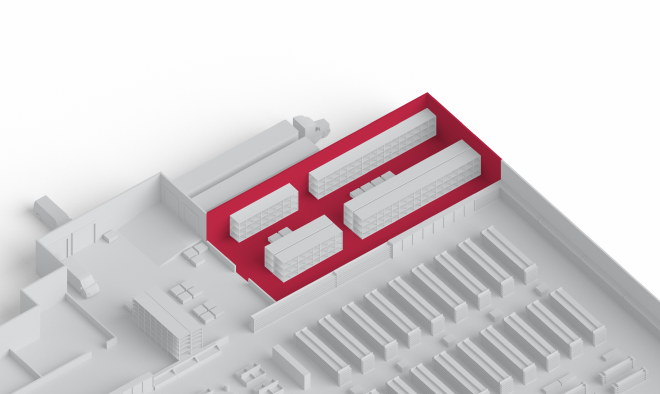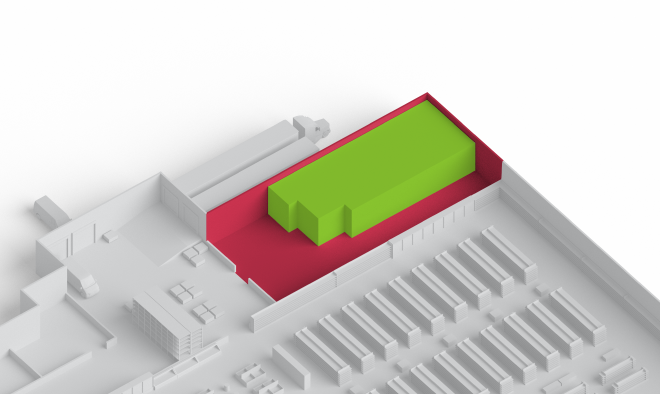Day Model Example
Table of Contents
Baseline #
This is an example model built for the business of sub-hour direct-to-consumer grocery delivery.
It assumes that prior to automation:
- customer orders were fulfilled manually
- a single order picking process was used; from standard shelves installed in a dark store
- 3,000 ft2 (279 m2) room was holding enough inventory of 2,000 ambient SKU assortment
- room of 14 ft (4.3 m) clear height to ceiling

Day demand on average was:
- 642 customer orders to be fulfilled
- total of 3,852 order lines and 4,622 items

Daily operations required:
- three shifts with a peak of outbound orders during the second shift
- at peak, 8 associates were fulfilling customer orders to reach the required picking throughput of 720 order lines per hour (LPH)
- maximum picking productivity of a picker was 100 LPH
- a day required 97 labor hours, at $22 total all-in cost of an associate’s labor hour
- a day all-in labor expenses were $2,141

Instock ASRS #
Instock ASRS solution:
- utilizes 1,800 ft2 (167 m2) of floor space in the same room, leaving the remaining 1,200 ft2 (111 m2) for packing, staging, receiving and other support processes
- provides 2,300 plastic bins of storage capacity
- allows expansion of assortment to 3,000 SKUs keeping the same days-on-hands of inventory.

With associates powered by automation:
- total daily cost of automation of $437 is defined by the cost of throughput capacity
- throughput capacity is defined by peak hours (robots are underutilized in non-peak hours)
- gain in picker’s productivity is 6x, and covering peak hours requires only two associates
- shifts are adjusted: one shift of two associates and two shifts of a single associate

Efficiency gains #
Compared to the baseline, daily efficiency from Instock as-as-service solution is $1,073 (or 50% of baseline labor costs) plus an increased assortment from 2,000 to 3,000 SKUs.
| Baseline | InstockASRS | |
|---|---|---|
| Max throughput per single operator | 100 LPH | 600 LPH |
| Labor | 97 h | 29 h |
| Labor cost | $2,141 | $631 |
| Cost of automation | $0 | $437 |
| SKU portfolio | 2,000 | 3,000 |
Besides obvious economic advantages, the automation use case brings improved picking accuracy, associates satisfaction, inventory transparency, and green energy efficiency.